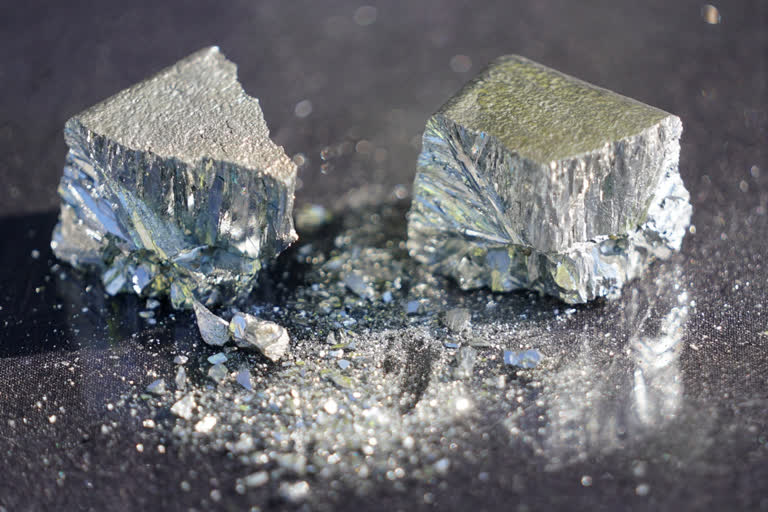Hyderabad: The world has enough rare earth minerals and other critical raw materials to switch from fossil fuels to renewable energy to produce electricity and limit global warming, according to a new study that counters concerns about the supply of such minerals. With a push to get more electricity from solar panels, wind turbines, hydroelectric and nuclear power plants, some people have worried that there won’t be enough key minerals to make the decarbonization switch.
Rare earth minerals, also called rare earth elements, actually aren't that rare. The U.S. Geological Survey describes them as a “relatively abundant.” They're essential for the strong magnets necessary for wind turbines; they also show up in smartphones, computer displays and LED light bulbs. This new study looks at not only those elements but 17 different raw materials required to make electricity that include some downright common resources such as steel, cement and glass.
A team of scientists looked at the materials - many not often mined heavily in the past - and 20 different power sources. They calculated supplies and pollution from mining if green power surged to meet global goals to cut heat-trapping carbon emissions from fossil fuel. Much more mining is needed, but there are enough minerals to go around and drilling for them will not significantly worsen warming, the study in Friday’s scientific journal Joule concluded.
“Decarbonization is going to be big and messy, but at the same time we can do it,” said study co-author Zeke Hausfather, a climate scientist at the tech company Stripe and Berkeley Earth. “I’m not worried we’re going to run out of these materials." Much of the global concern about raw materials for decarbonization has to do with batteries and transportation, especially electric cars that rely on lithium for batteries. This study doesn’t look at that.
Looking at mineral demands for batteries is much more complicated than for electric power and that’s what the team will do next, Hausfather said. The power sector is still about one-third to half of the resource issue, he said. A lot depends on how fast the world switches to green energy.
